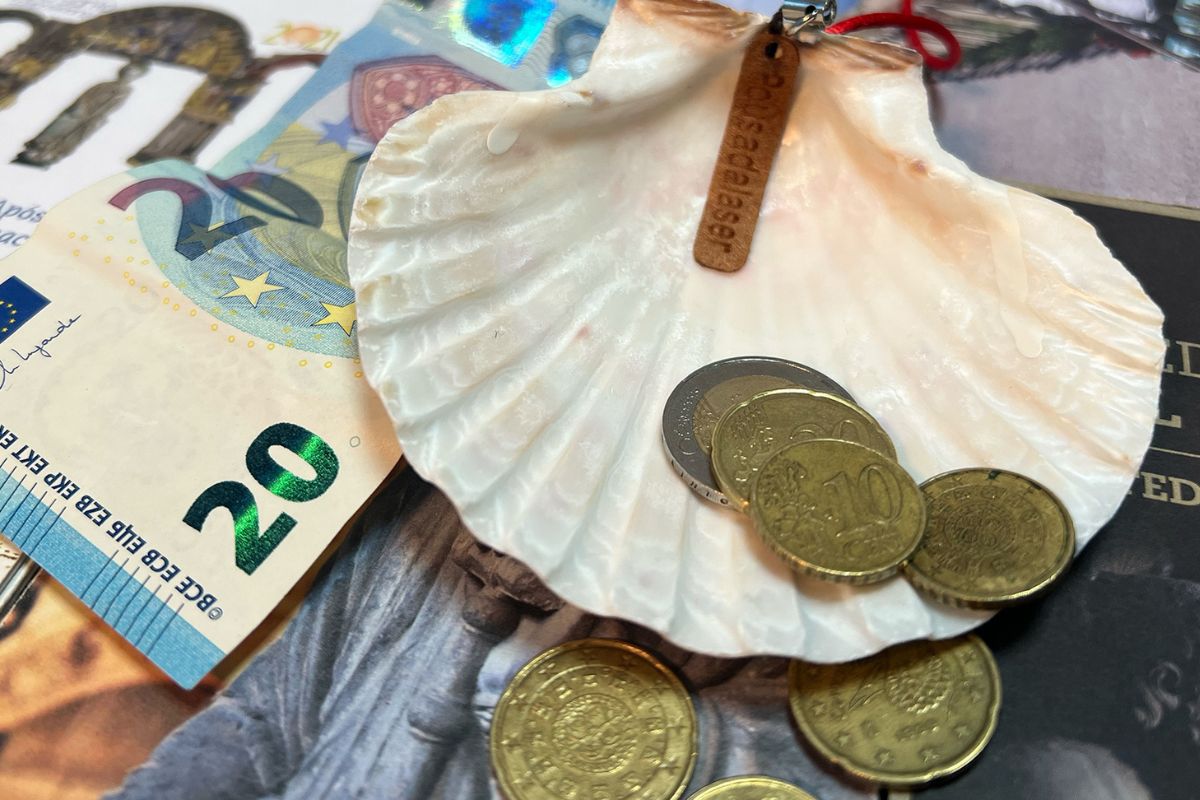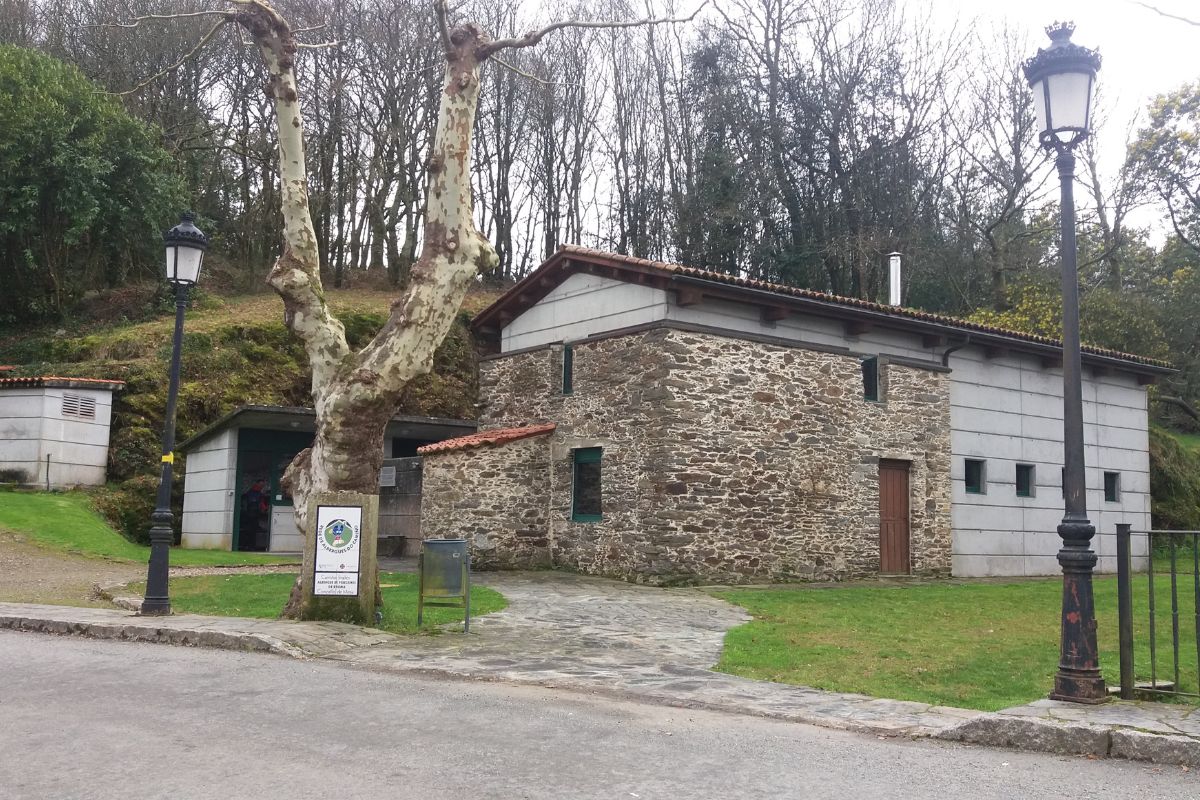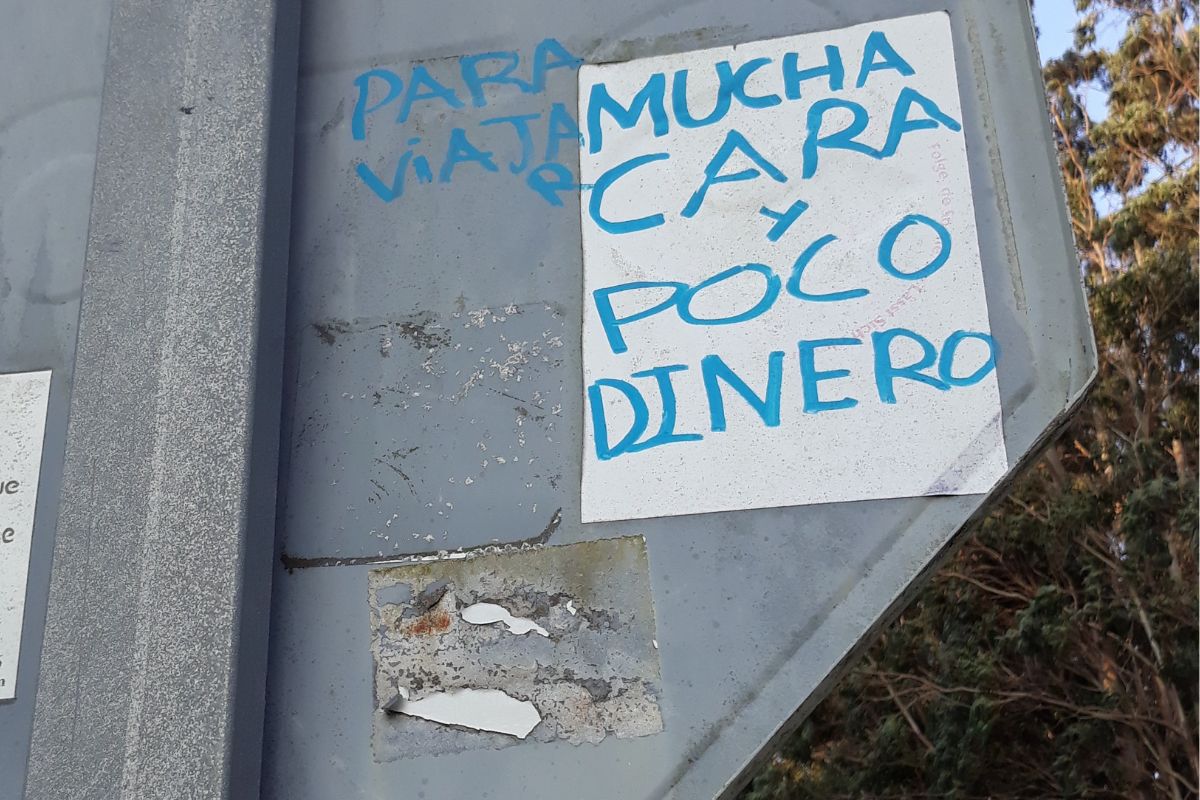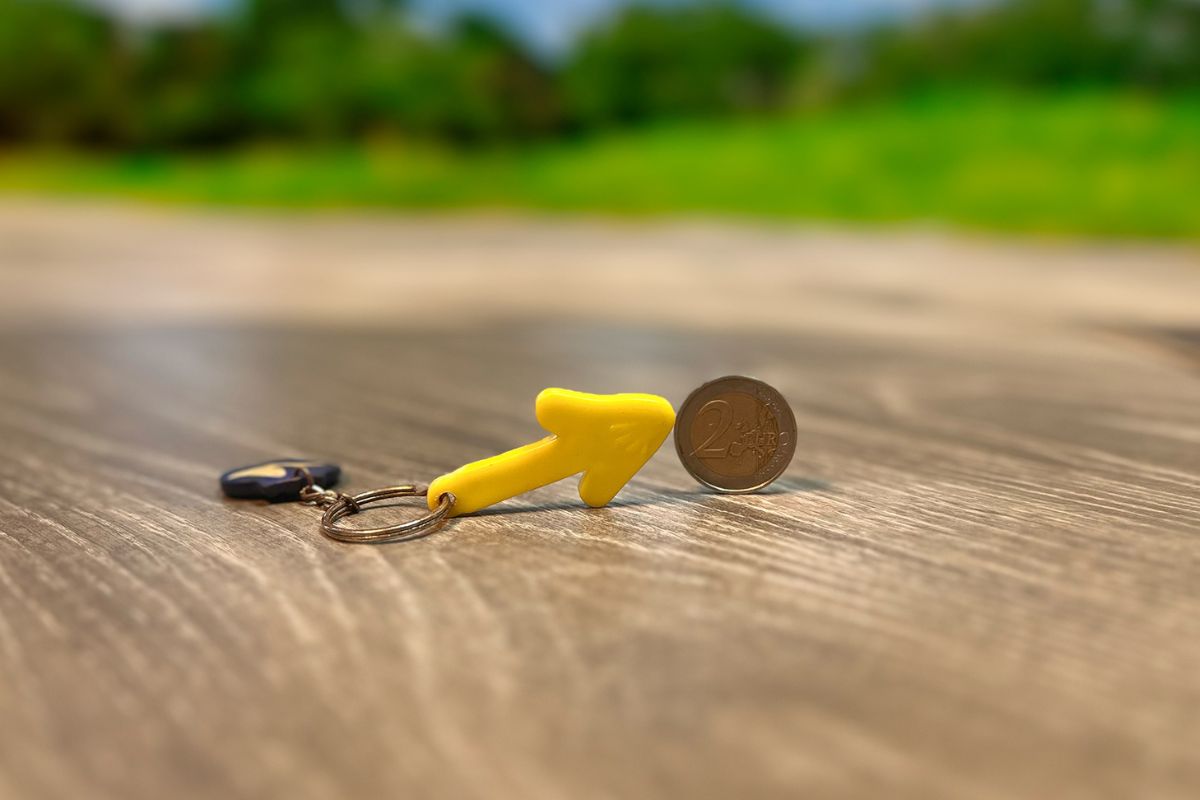The Camino de Santiago is one of the preferred tourist destinations for thousands of people for their vacations. There are many benefits to this experience that combines history, culture, nature, outdoor exercise, and a lot of social interaction. Moreover, it has a significant advantage, which is the answer to one of the most common questions among pilgrims: How much does it cost to do the Camino de Santiago?
In the following post, we will provide a rough estimate of the amount you would need to spend. Spoiler: the result will surprise you. But we can already tell you: doing a Jacobean route, with all the good it will bring you, is priceless!
Baseline budget: What to consider?
As you may already know, there are many Jacobean routes. You have to choose which one to take and where to start your adventure to Santiago de Compostela. Depending on the time you have, you can choose a longer or shorter route. But, as the saying goes, time is money, and perhaps the first thing you should consider is establishing a baseline budget. In this budget, you should include the following:
- Transportation to the start and return of your route.
- Hostels and accommodations.
- Equipment.
- Food.
- A small financial margin for additional expenses.

Walking the Camino de Santiago is not a very expensive journey
Round Trip Transportation
The first and last expense: the cost of round-trip transportation from your home to the starting point of the route and back to your home at the end of the Camino. This will obviously depend on where you live and the transportation options available. You can fly by plane, take a train, or hop on a bus, although in many cases, pilgrims may need to combine these means of transportation.
Many opt for budget flights to cities near the starting point of the route and then take a train, bus, or taxi to their starting point. Going and returning by car? Well, perhaps the most expensive and least recommended option (unless you’re traveling in a group).
Train and bus fares usually do not vary much throughout the year, although airfares can change from one day to the next. When it comes to air travel, planning is crucial, and if you decide in advance when and where to fly, you can save a lot of money. The same applies to your return from the Camino, and since you already know when, where, and from where you’ll be returning, you can organize yourself and save money.
Is it easy and cost-effective to reach the starting point of a Camino?
Yes, it is very simple and cost-effective to reach the preferred starting points for the Camino, such as Sarria, O Cebreiro, León, Ponferrada, Tui, Vigo, Oporto, Lisboa, or Ferrol. Whether by plane, bus, or train, or by combining these means, it is quite straightforward. However, reaching Roncesvalles or Saint-Jean-Pied-de-Port is more complicated, but it can be done. Obviously, the more challenging it is to reach your starting point, the more time and cost will be involved.
The most economical option: being a pilgrim in the traditional way!
If you’re fortunate enough to have a Camino passing through your hometown, you can consider being an authentic pilgrim and start from your home. This way, you save at least the one-way trip, and some even walk back home. And if you want to go the extra mile, even if no Camino passes through your town, you can walk to join one of the Jacobean routes.
How much do hostels cost on the Camino de Santiago?
Hostels are the most popular accommodation option among pilgrims and the most economical. Prices range from 5 to 8 euros in public hostels, while private ones usually range from 8 to 15 euros per night. Keep in mind that during the high season, prices for private hostels can increase. Additionally, it is advisable to book in advance during this period, as if you don’t, you may arrive at the end of the stage and not find a place to sleep.

Public hostel in Bruma, on the English Way
Want more comfort and privacy?
If this is your preference and your budget allows, you can also opt for higher-category accommodations such as hostels, guesthouses, hotels, or rural houses. These would be the more expensive but more comfortable alternatives, and during the high season, prices increase, so we insist on booking in advance. Consider prices generally ranging from 30 to 80 euros, which can be higher in some cases.
How much should you spend on meals and food?
Food on the Camino can vary depending on your tastes, interests, and preferences. Many accommodations offer breakfast, lunch, and dinner, which you can include in your reservation.
Public hostels do not have dining services, but they often have a common kitchen where you can prepare your meals. This can save you a lot during your journey, as you can simply go to a supermarket and buy what you need to cook. Private hostels usually also have a kitchen and include breakfast with your reservation, and many times they also offer dinners. As for higher-end accommodations, like private hostels, you can choose whether or not to include breakfast, lunch, and dinner in your reservation.
However, most pilgrims eat during their stage, which may include sandwiches, fruits, and cold meals they carry in their backpacks. Other pilgrims, on the other hand, tend to stop at bars and restaurants, usually very affordable, where the famous pilgrim menu stands out. Eating at restaurants can cost between 8 and 15 euros per meal. In general, budget around 20 to 30 euros per day for food.
Oh! Our advice, as a little self-indulgence, once you reach Santiago, and after a Camino, don’t go for the pilgrim menu: you might fancy a good seafood meal.
Oh, oh! Consider unexpected expenses
It’s always prudent to have a fund for unexpected expenses. This may include various needs: pharmacy products, equipment repairs if you’re cycling the Camino, rain ponchos, walking sticks, luggage transport, which usually costs around 5 euros per backpack per stage. And, of course, some souvenirs or gifts for loved ones. We don’t wish it upon you, but perhaps you might need to take a taxi sometime because of an injury or accumulated fatigue.

You don’t need a lot of money to do the Camino
In conclusion, How much does it cost to do the Camino de Santiago?
How much does it cost to do the Camino de Santiago? The total cost of doing the Camino de Santiago varies widely. An average minimum daily budget could range between 30 and 90 euros, depending on your choices of accommodation and food. Each Camino is unique, and your budget should reflect your personal needs and travel style.
For a one-week Camino, consider between 300 and 600 euros. For a Camino of approximately 30 days, this translates to a total budget of between 1000 and 1500 euros. Don’t forget to add the first point, round-trip transportation, which can be the most variable depending on where you’re coming from.
Planning ahead and considering all possible expenses will help you enjoy this unique experience without financial worries. We cannot tell you exactly how much it costs to do the Camino de Santiago as there are many variables to consider.
What we can do at Viajes Camino de Santiago is offer you several fixed or customizable packages at a previously established price, with options for every budget. Talk to us, without any obligation. If you want to be sure and have a controlled cost, your Camino de Santiago experience with us is the best choice.












Leave A Comment